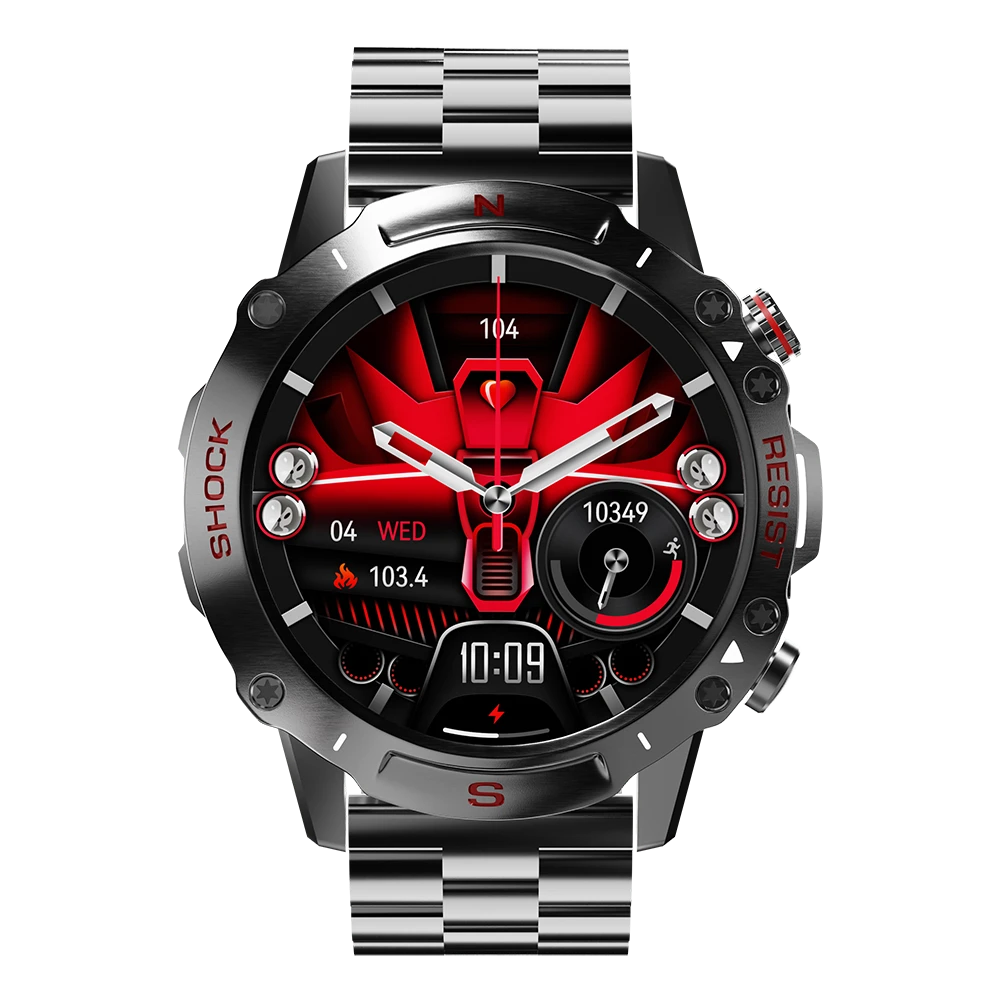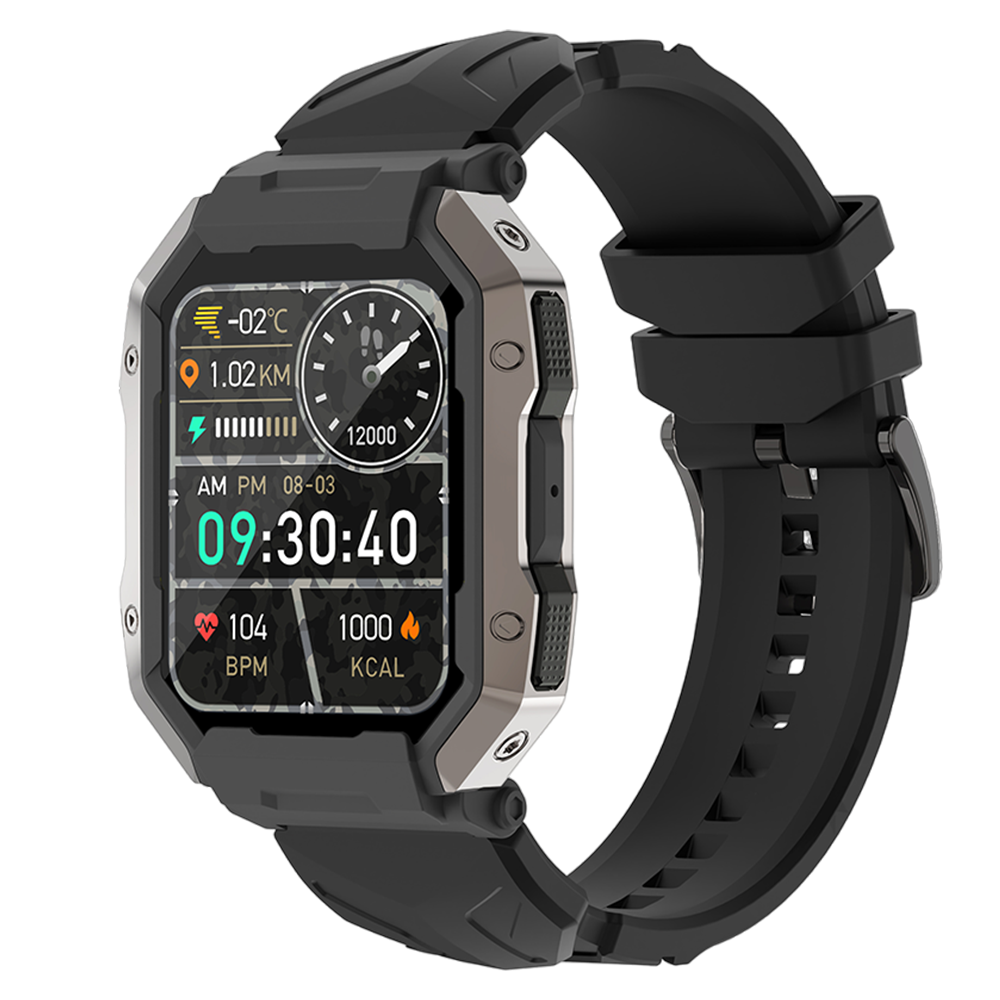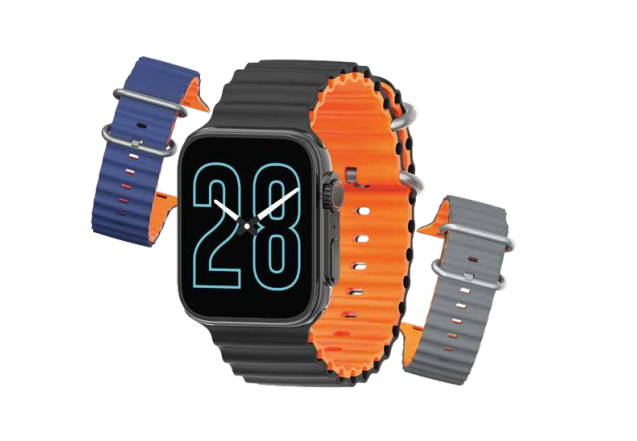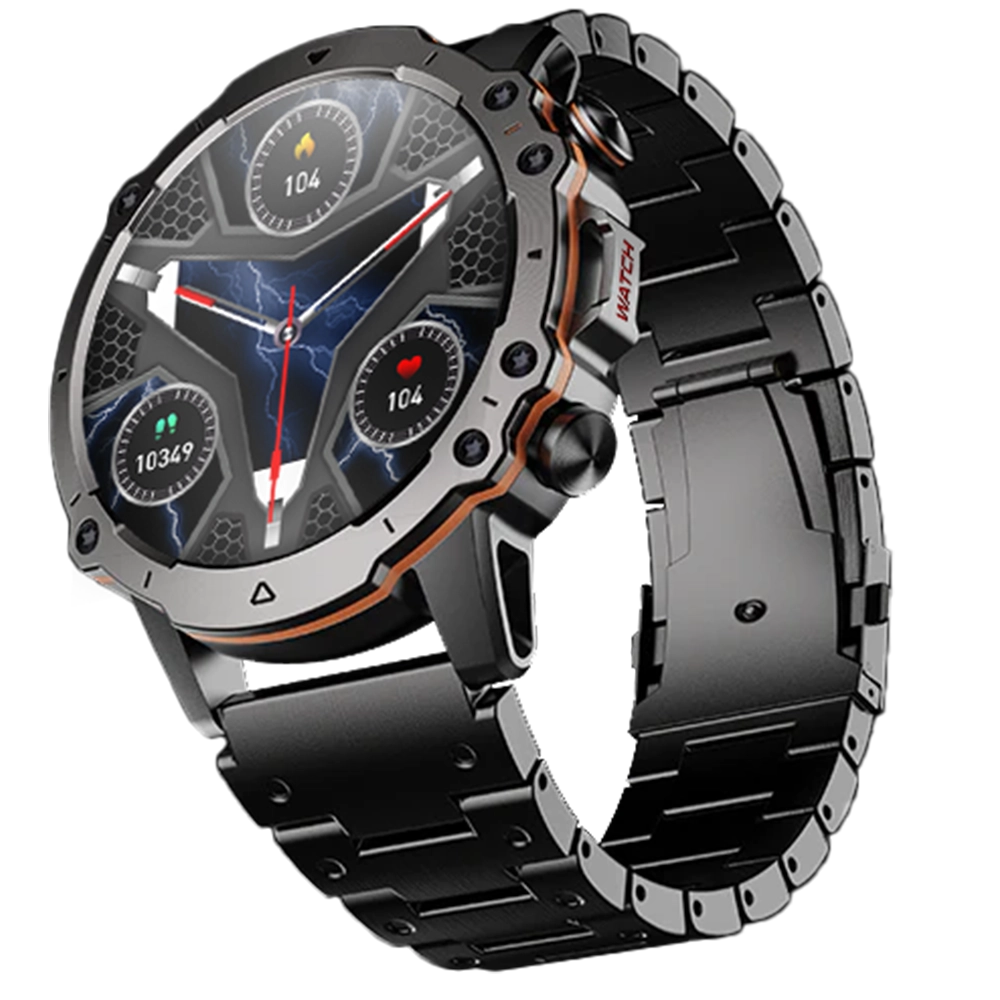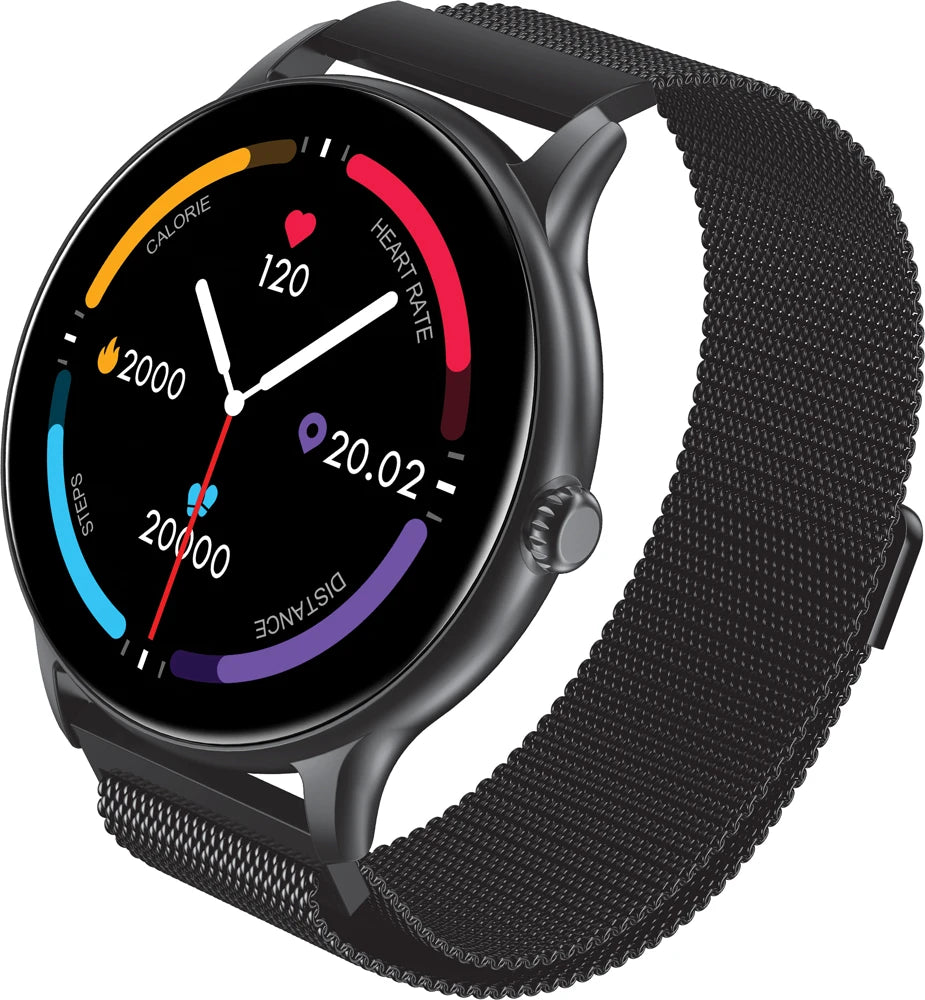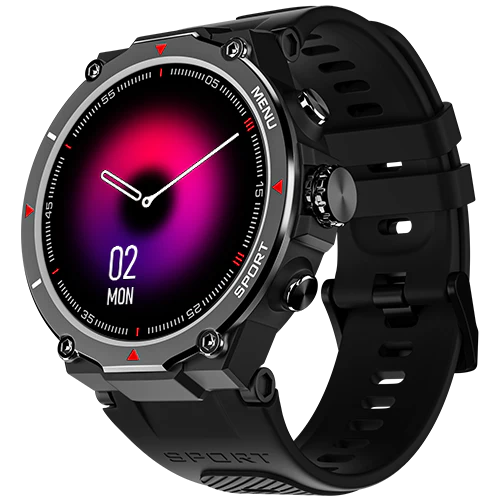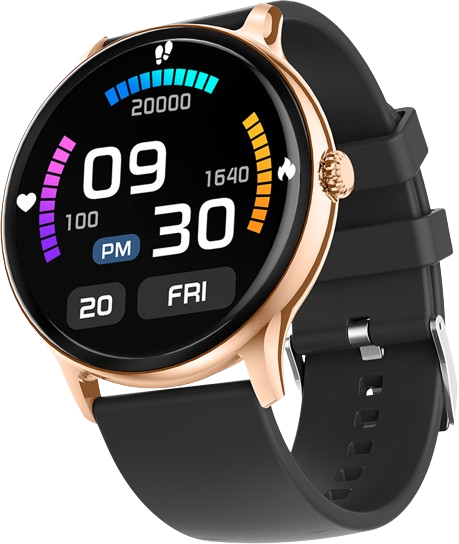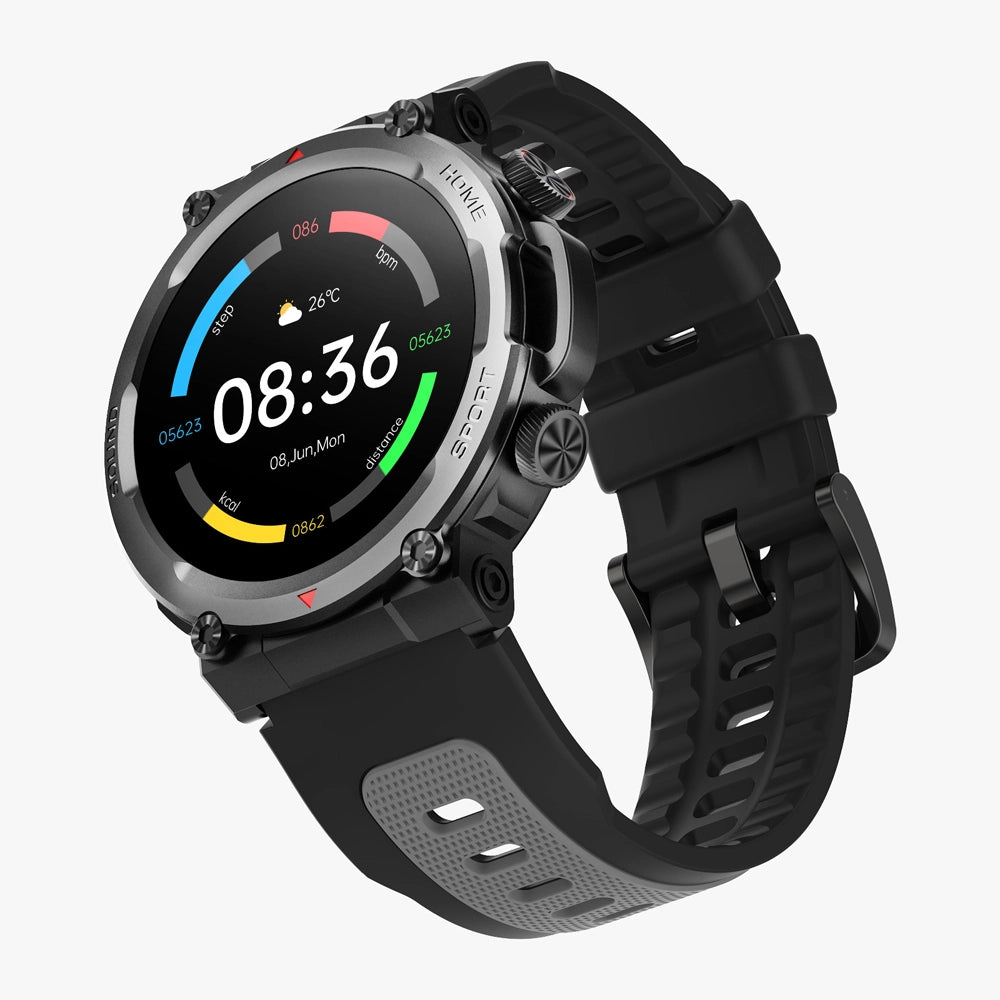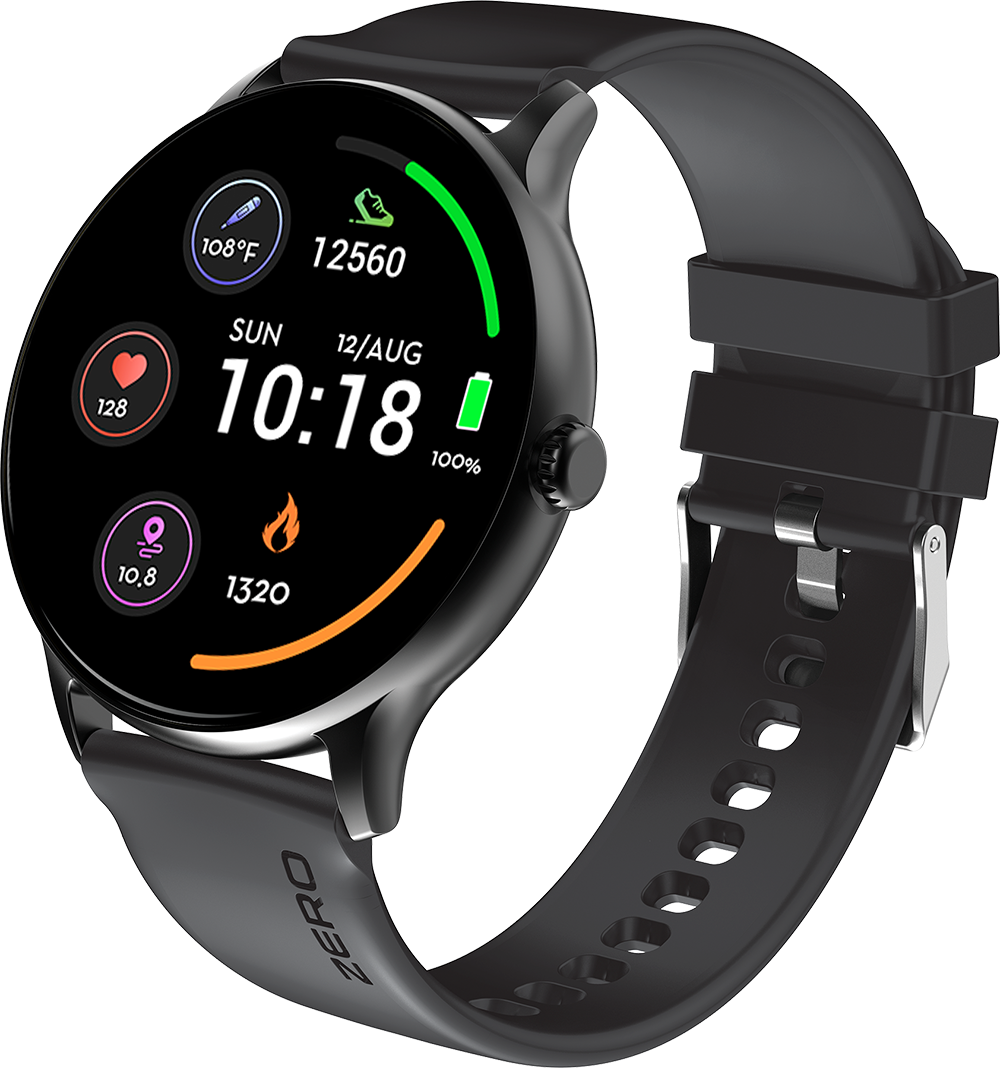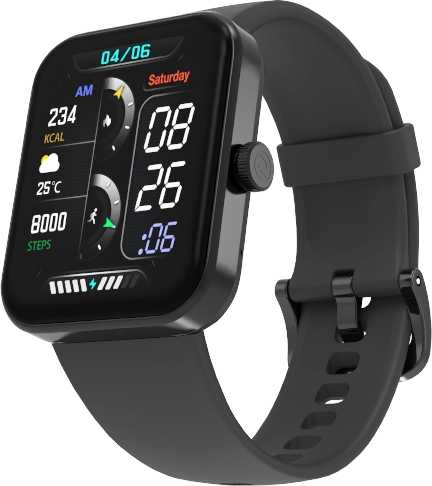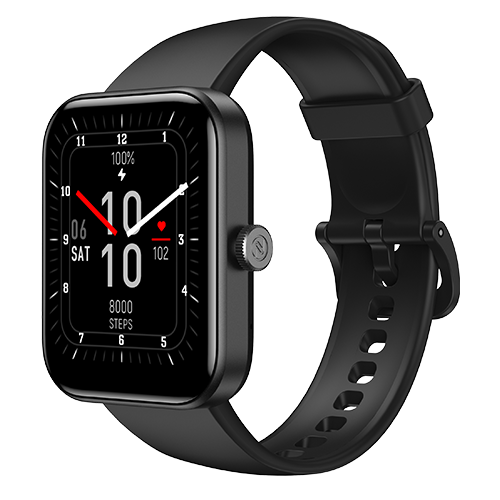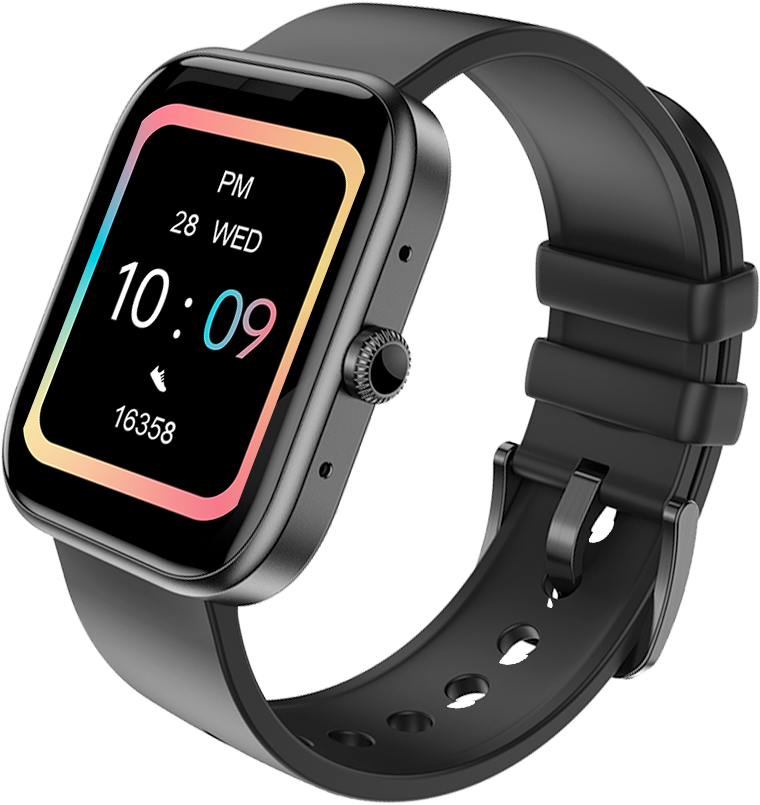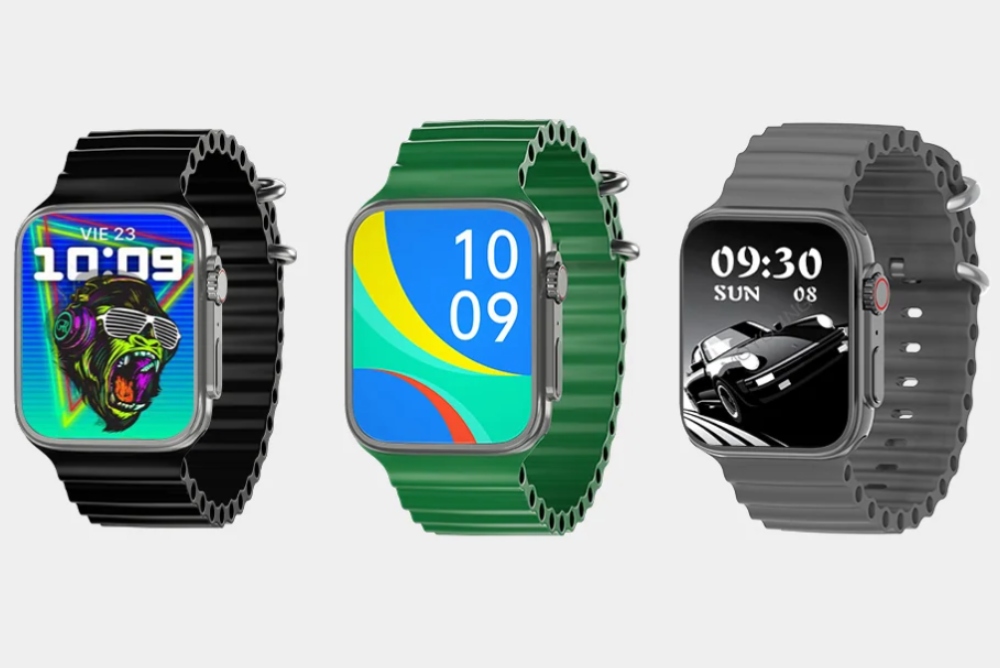The heart of a smartwatch's functionality and appeal lies in its display, a marvel of technology that rests on your wrist. This screen is not just a display - it's a portal to a world of connectivity, health tracking, and personal expression.
It brings to life the intricate dance of pixels and colors, allowing us to access a wealth of information with just a glance. Whether it is reading a message, tracking our steps, or simply admiring a custom watch face, the display is where our interaction with the smartwatch's diverse capabilities truly comes to life.
In this tiny canvas, technology meets art, functionality intertwines with aesthetics, making the smartwatch a quintessential accessory for the modern individual.
In this blog, we will explore the most common types of smartwatch screens - LCD, OLED, and AMOLED - and discover how they impact our daily interaction with these wearable devices.
From battery efficiency to color vibrancy, each technology offers a unique user experience.
Types of Display Screens
TFT Screens
TFT (Thin-Film Transistor) displays are a key player in smartwatch technology, known for their high resolution and sharp image quality. Each pixel is controlled individually, offering superior display performance.
While they consume more power than some alternatives, TFT screens provide clear, vibrant visuals, making them a popular choice for mid-range smartwatches where display clarity is essential but at a reasonable cost.
Their widespread use in mid-range smartwatches strikes a balance between quality and cost, catering to users who seek better display performance without venturing into the high-end price range.
LCD Screens
Liquid Crystal Displays (LCD) are the OGs of screen technology, prominent in the early generations of smartwatches. These screens operate by illuminating liquid crystals using a backlight, which produces the image you see.
Their primary advantage is uniform brightness, making them excellent for readability under various lighting conditions. However, they fall short in direct sunlight and are not as battery-efficient as newer technologies.
Despite this, LCDs remain a popular choice in budget-friendly smartwatches, offering a balance between cost and performance.
OLED Screens
Organic Light Emitting Diode (OLED) screens are a step up, known for their exceptional color output and contrast. Unlike LCDs, OLED panels light up individual pixels, which means they can achieve true blacks and a higher overall contrast. T
his not only makes for a visually stunning display but also contributes to better battery management, as pixels displaying black or dark colors consume less power. OLED screens are thinner and more flexible, allowing for sleeker and more innovative smartwatch designs.
AMOLED Screens
Active Matrix Organic Light Emitting Diodes (AMOLED) take OLED technology further, incorporating an active matrix of OLED pixels for even sharper, brighter, and more energy-efficient displays.
AMOLED screens are renowned for their excellent color accuracy and contrast, offering a premium viewing experience. This makes them a favorite in high-end smartwatches where display quality is paramount.
Their superior performance makes them a go-to for smartwatches.
Choosing the right smartwatch involves understanding these display technologies and how they align with your needs and preferences. Whether it is the affordability of LCD, the color richness of OLED, or the high-end performance of AMOLED, each brings something special to the table.
As we continue to witness advancements in display technology, the future of smartwatch screens looks brighter and more versatile than ever.

